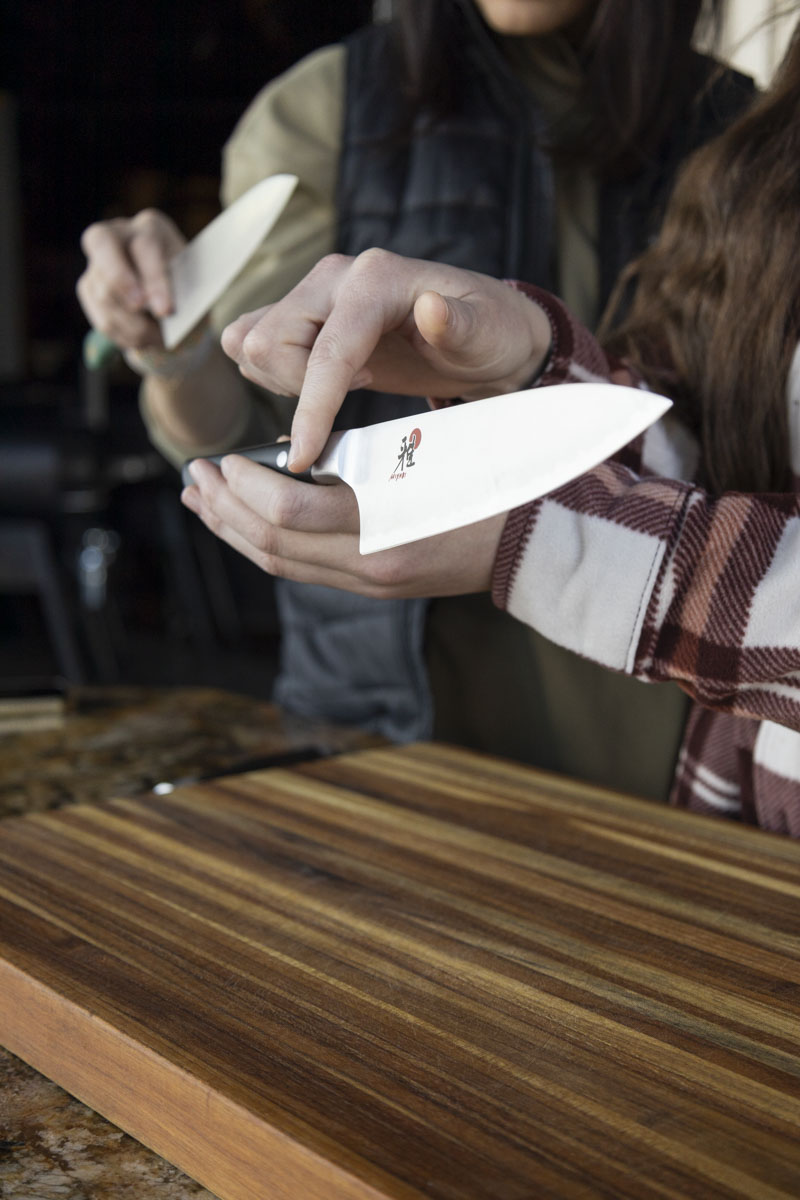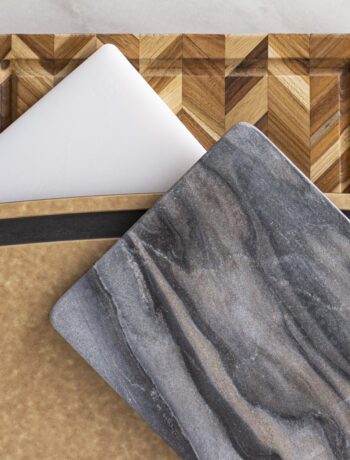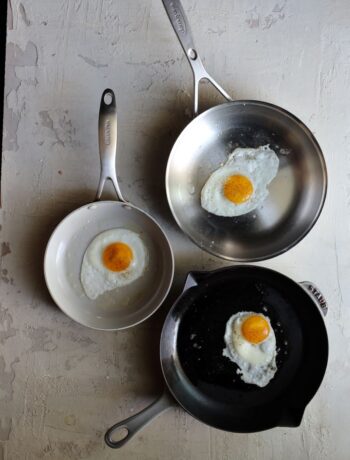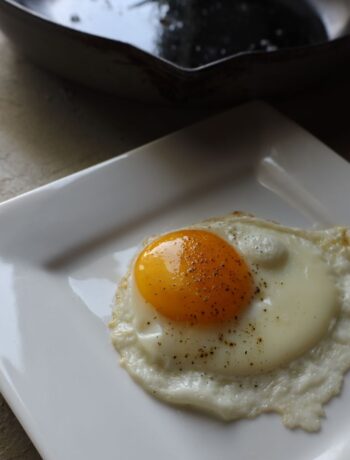The painter has their favorite brush. The carpenter has their favorite hammer. And the chef has their favorite chef’s knife.
If you’ve ever set foot in a kitchen, then you’ve probably seen a chef’s knife in action. Whether you’re watching a professional chef at work or a home cook in their domain, a high-quality chef’s knife is commonplace and often considered the go-to tool for many kitchen tasks. But what is it that makes a chef’s knife so special? And how can you tell it apart from other knives? Let’s dive right in!
How to Tell a Chef’s Knife Apart from Other Kitchen Knives
A chef’s knife is an essential tool, but how do you tell it apart? Here are some key differences:
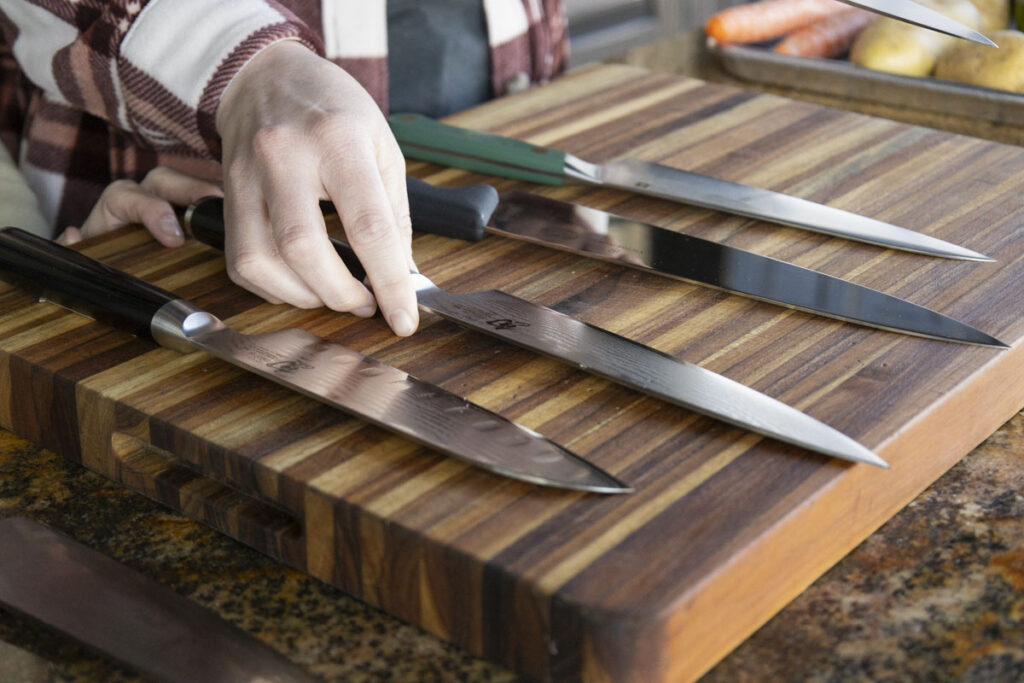
1. Size & Shape
Chef’s knives are typically longer in length, combining sharpness and strength. Other knives like paring knives (3-4 inches) and utility knives (5-6 inches) are much shorter. The average chef’s knife ranges from 8-10 inches and is also broader than other knives. Most chef’s knives also feature a slightly curved cutting edge, allowing for the rocking motion used in chopping.
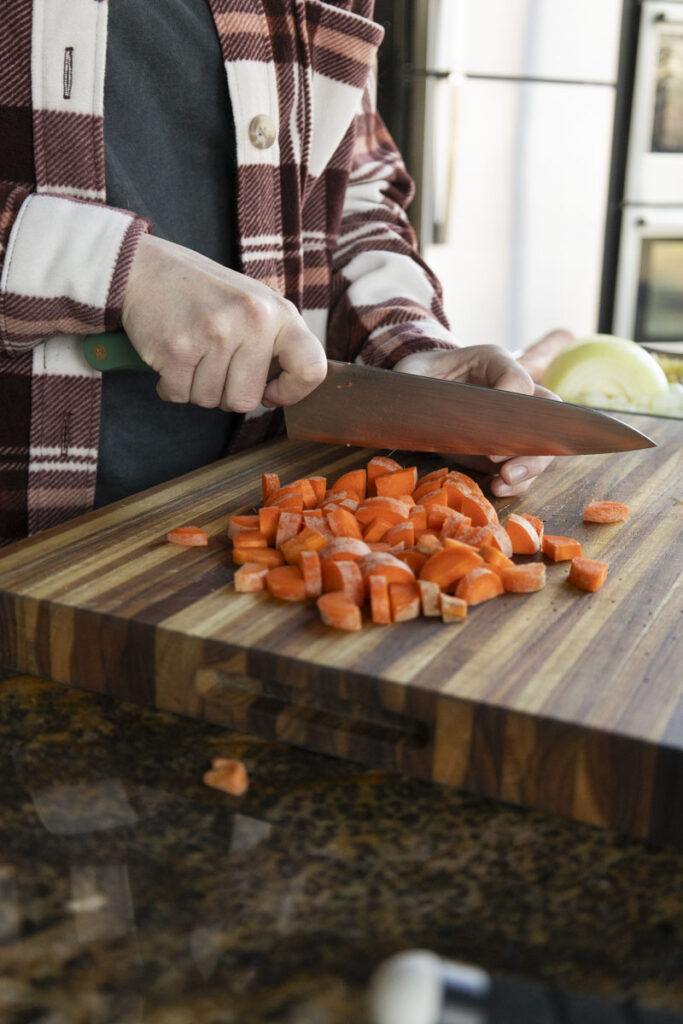
2. Versatility
Chef’s knives are specifically designed with a range of tasks in mind—chopping, slicing, dicing, and mincing. They are the most versatile knives in the kitchen. So while a paring knife might be ideal for peeling fruit, it’s not the best choice for chopping large vegetables. And while a serrated knife is perfect for cutting bread, it’s not great for slicing meat. A chef’s knife, on the other hand, can handle nearly 90% of cutting tasks in the kitchen, which is what makes it the all-around go-to knife.
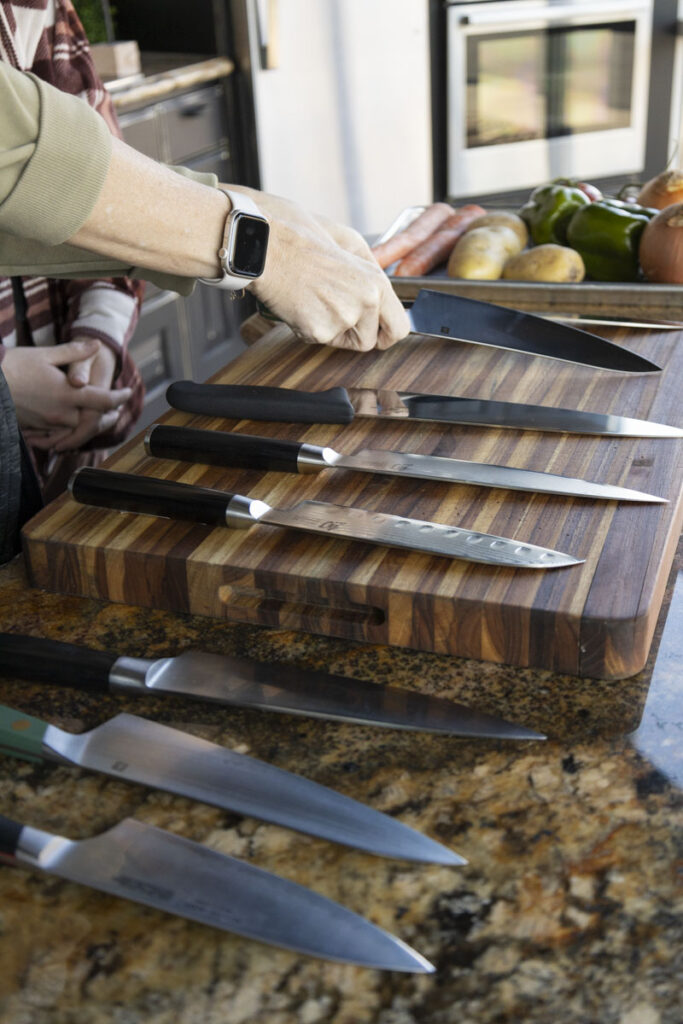
3. Weight & Balance
Typically, chef’s knives are heavier than many other kitchen knives. This gives them more control for efficient cutting. The handle and bolster of chef’s knives are designed for balancing, ensuring a steady grip. Lighter knives, like paring knives and utility knives, offer less weight which often equates to less grip and less control for tougher cuts.
Why a Quality Chef’s Knife is a Must-Have in Every Kitchen
A chef’s knife’s versatility and power make it the most essential tool in any kitchen. Whether chopping vegetables for a stew, slicing herbs for garnish, or mincing garlic for a sauce, a good chef’s knife can handle it all with ease and precision.
A high-quality chef’s knife can make your cooking easier, faster, and more precise—helping you save time and reduce prep fatigue. A chef’s knife is not just a tool—it’s the backbone of your kitchen arsenal. And by understanding how it compares to other knives, you’ll be able to confidently choose the right knife. When shopping for a chef’s knife, look for one with a sturdy, comfortable handle, a sharp, well-maintained blade, and a balanced weight that suits your cutting style. It’s all in the palm of the beholder.

